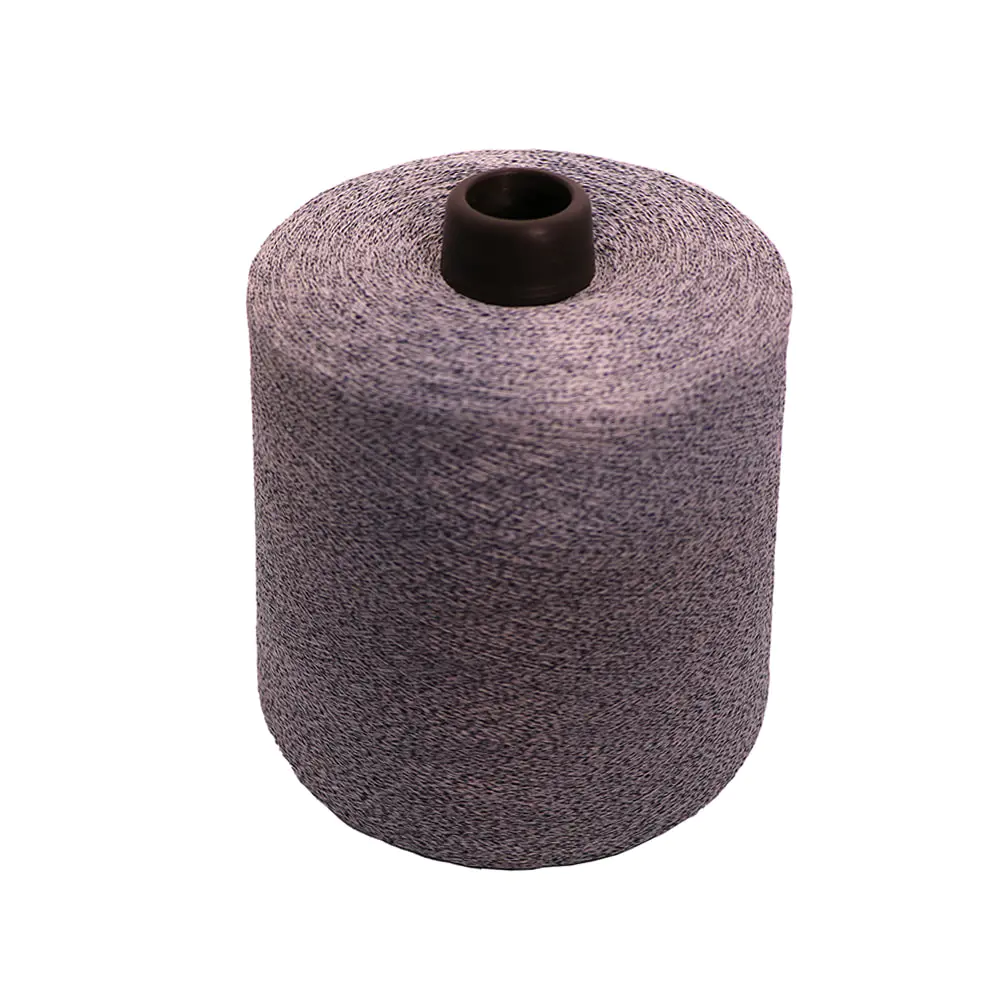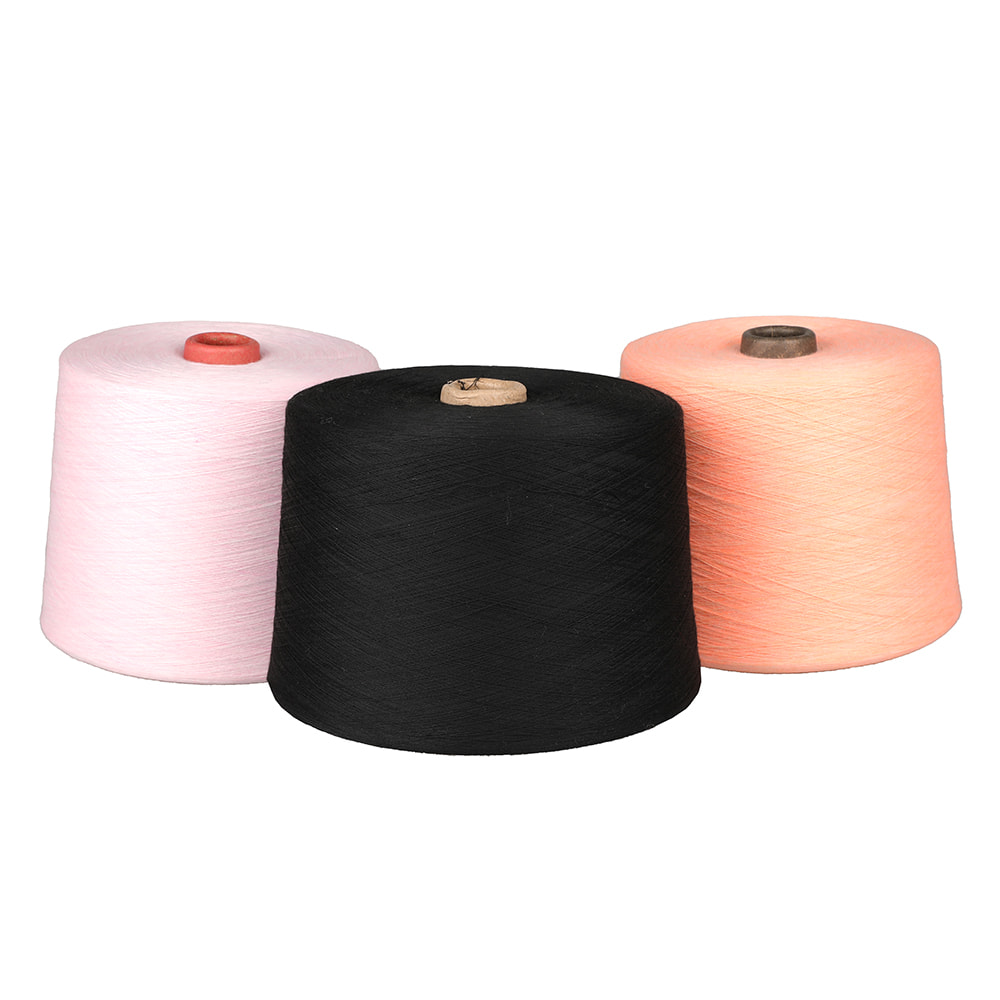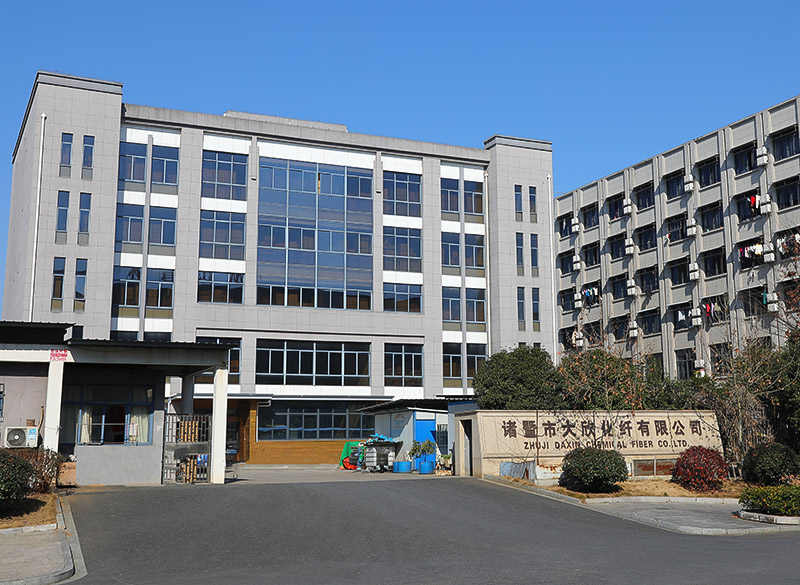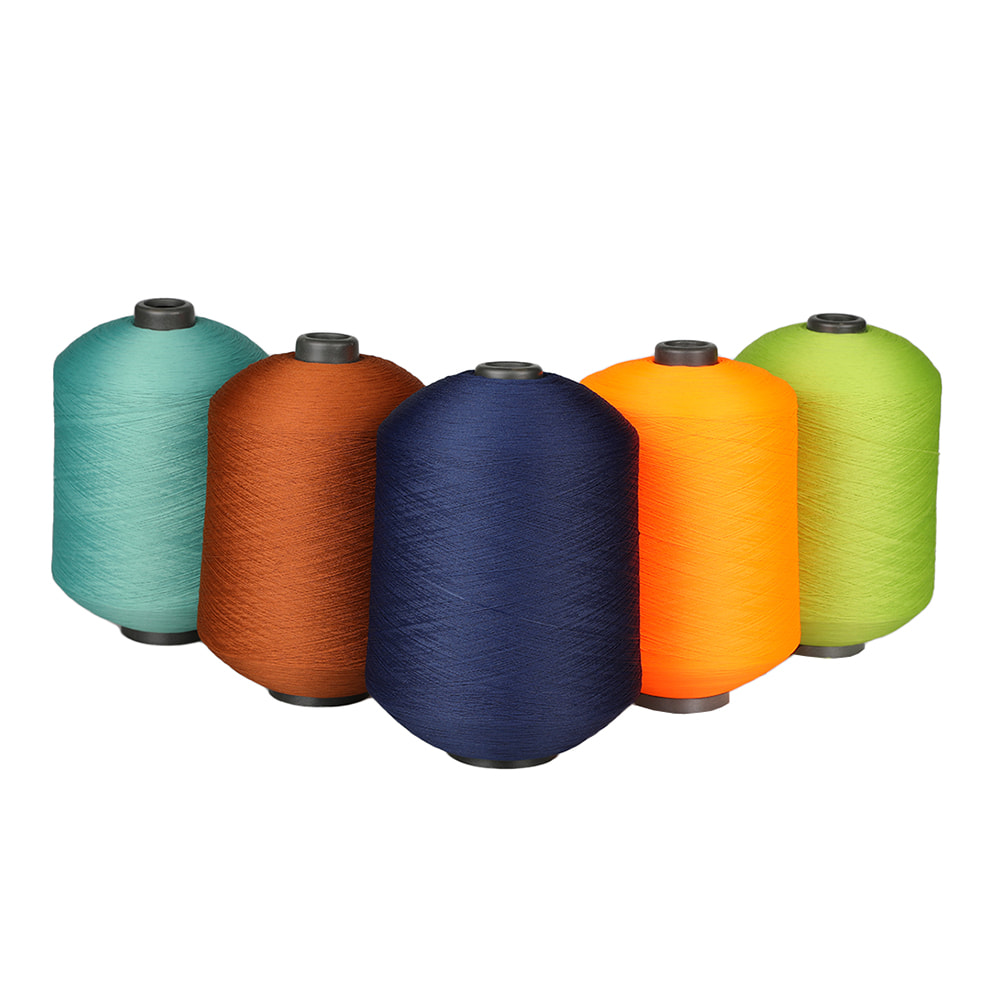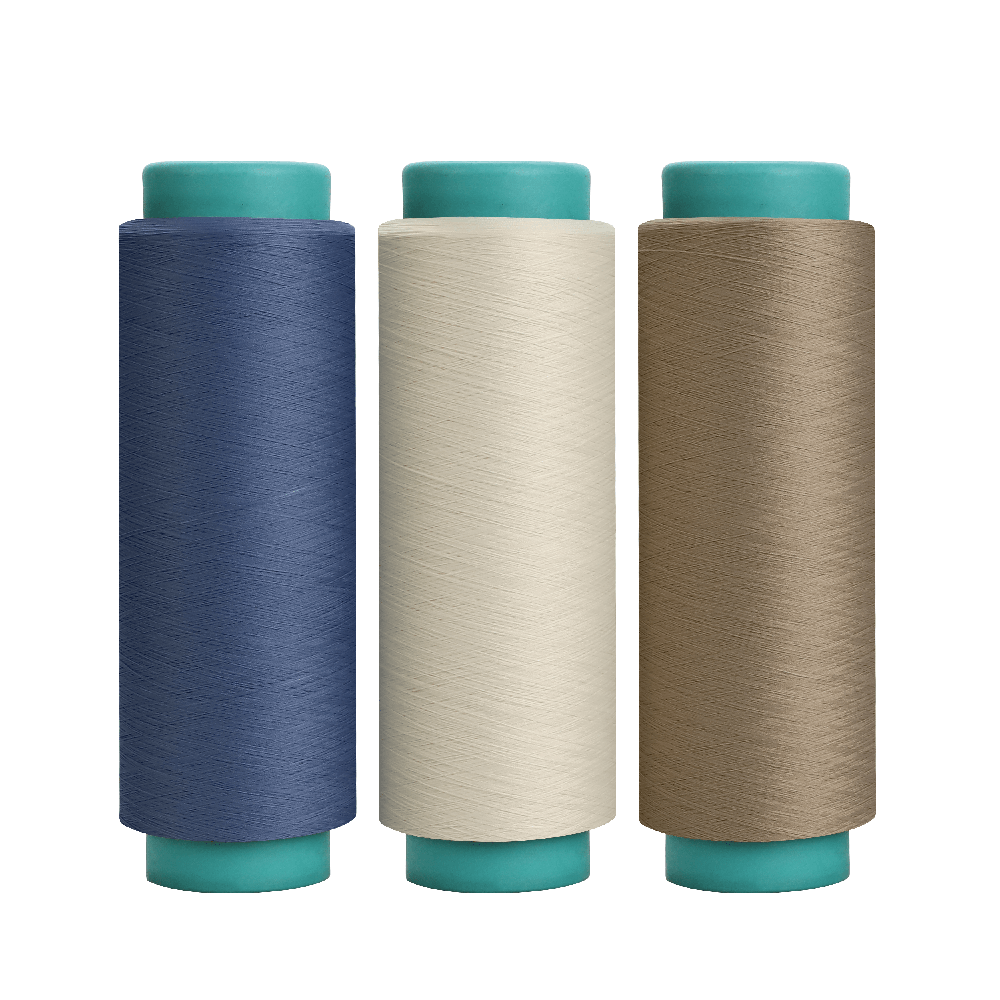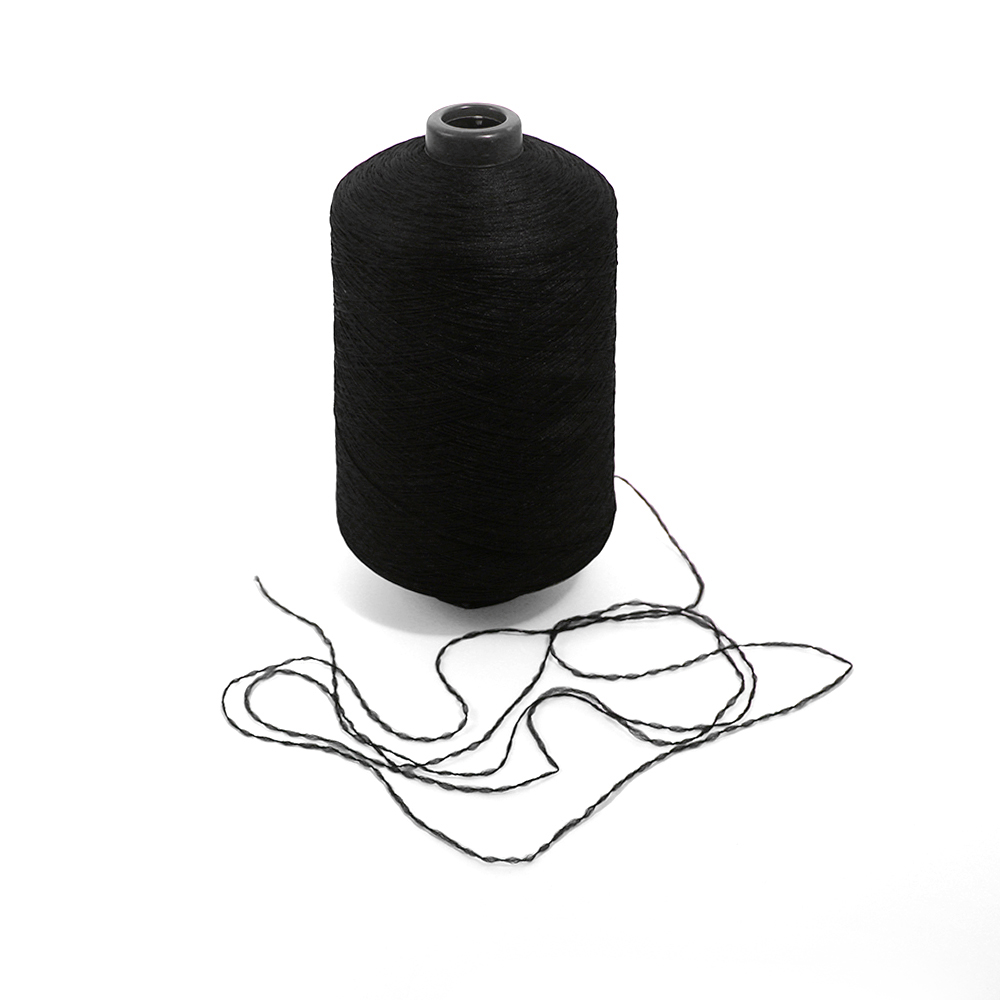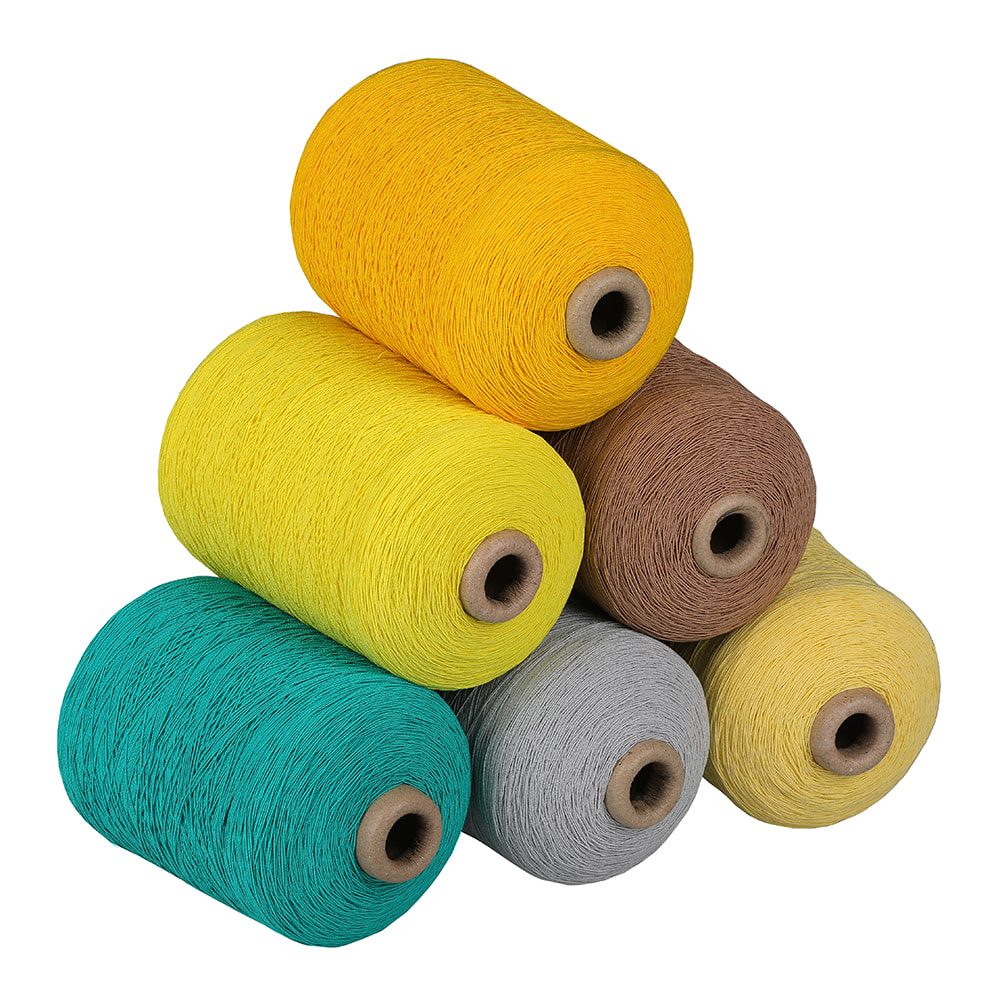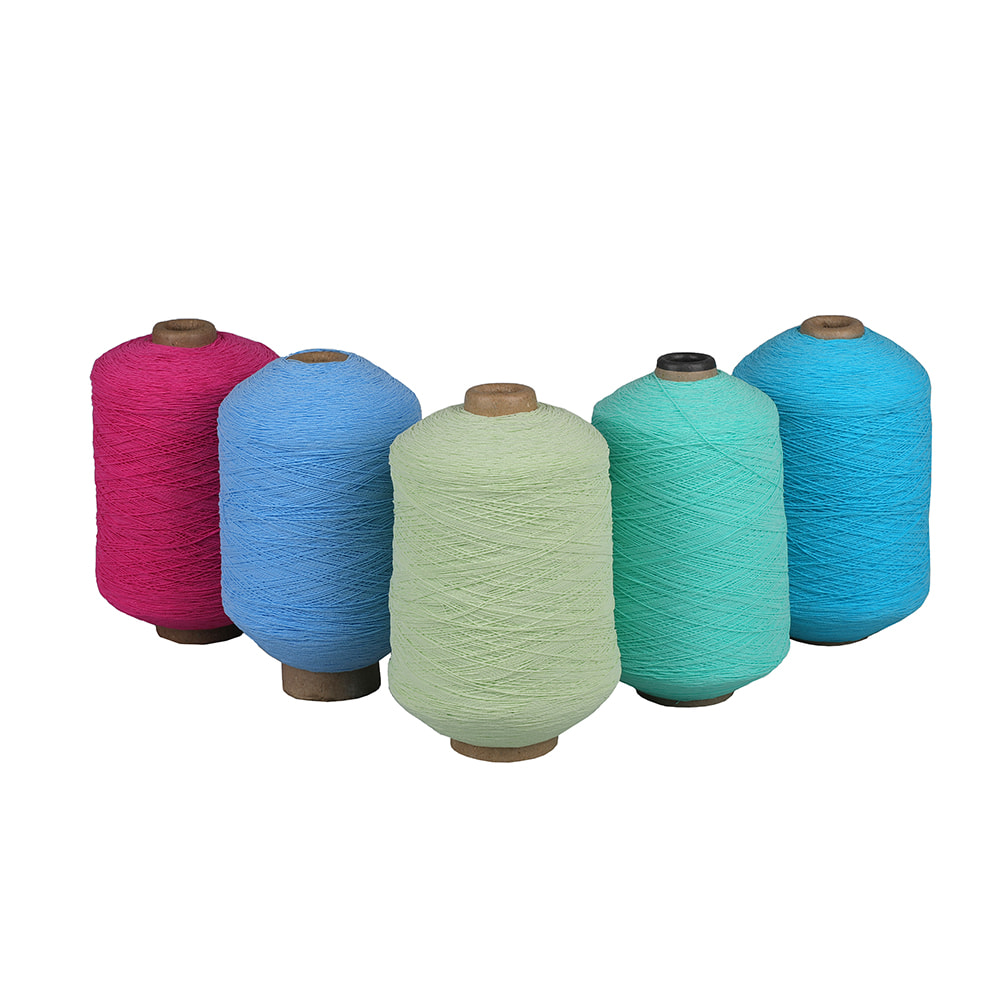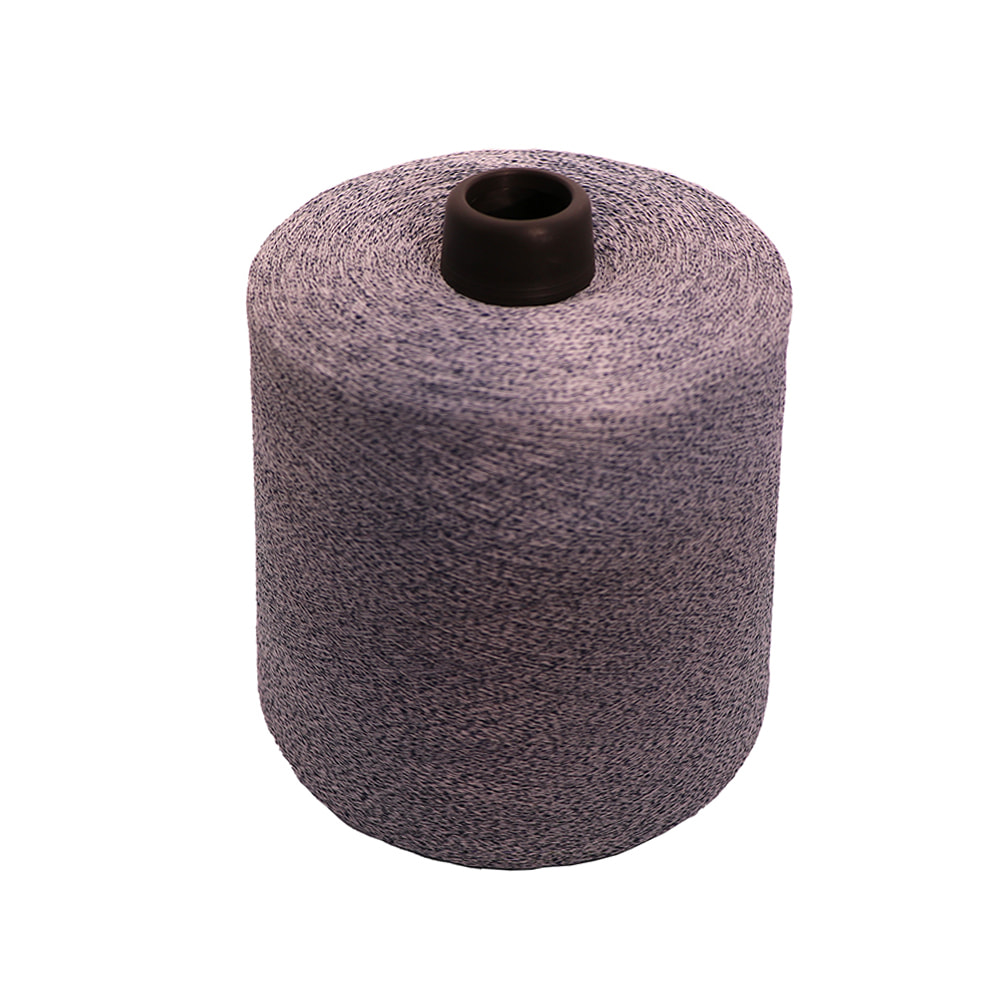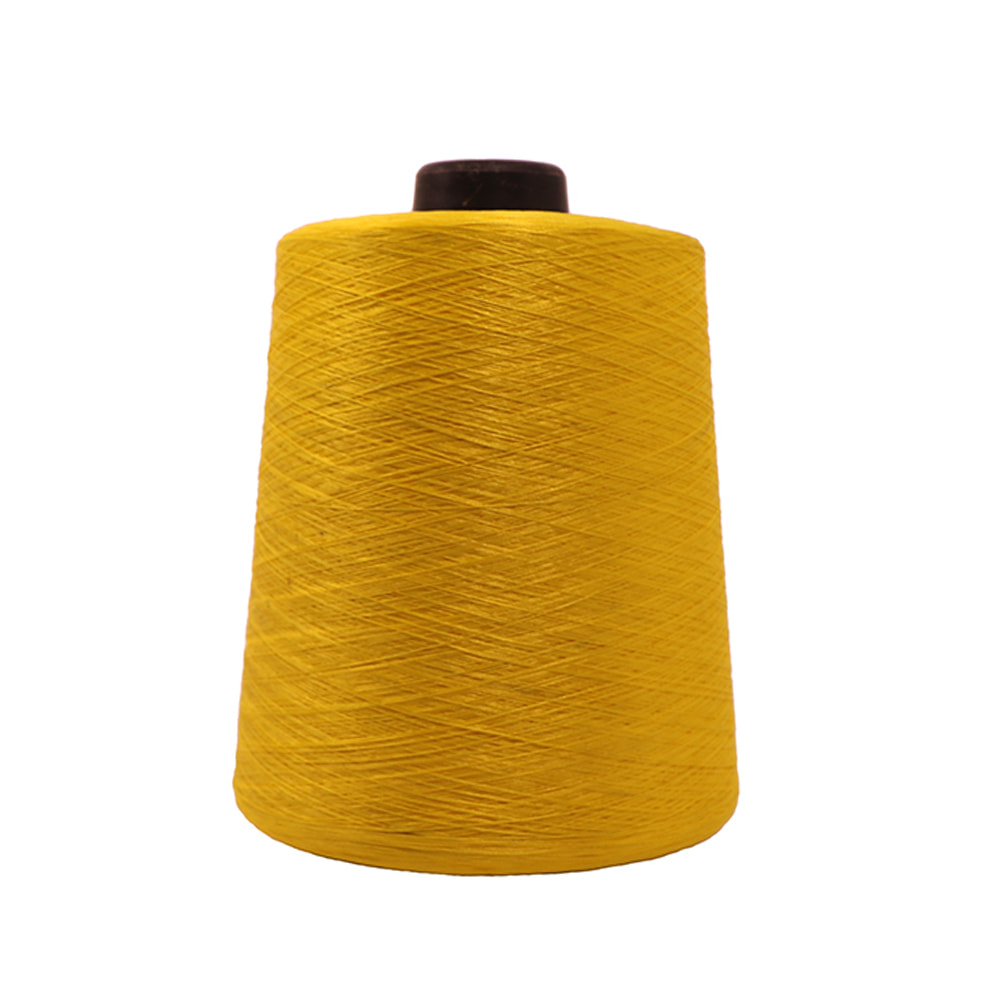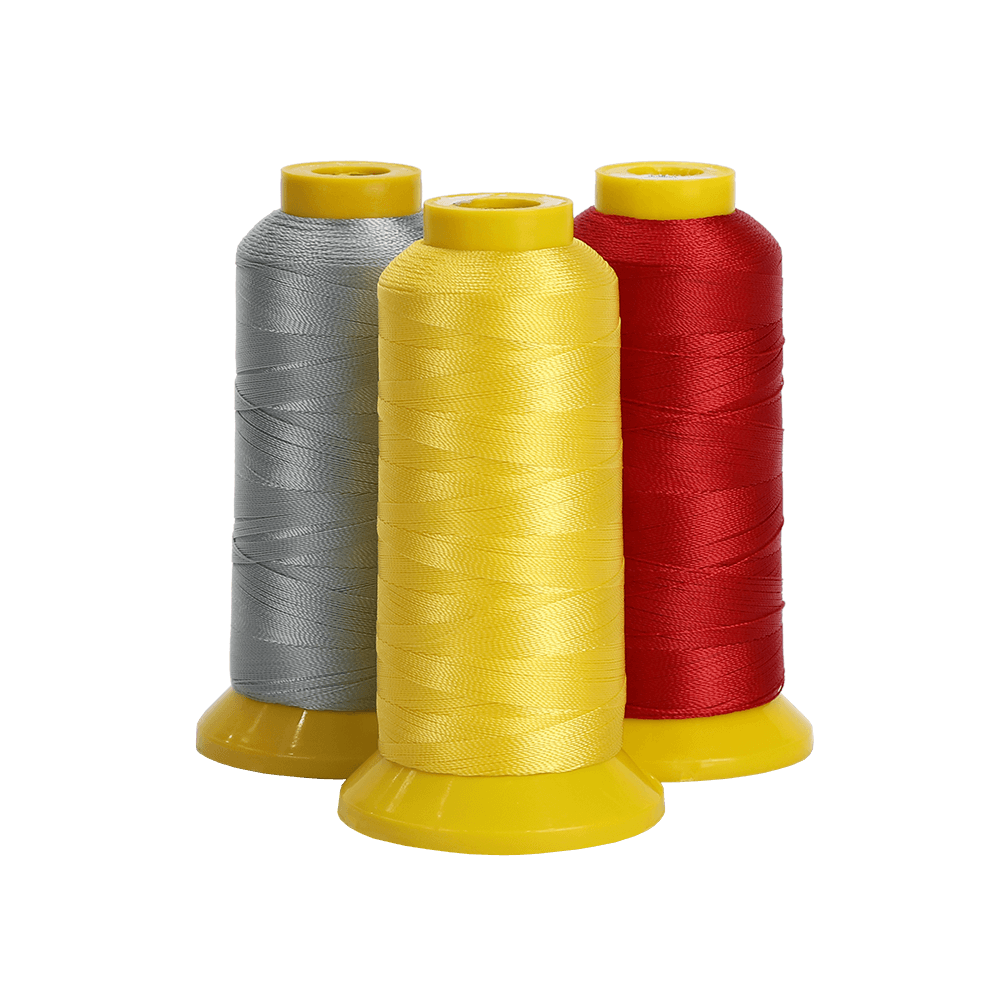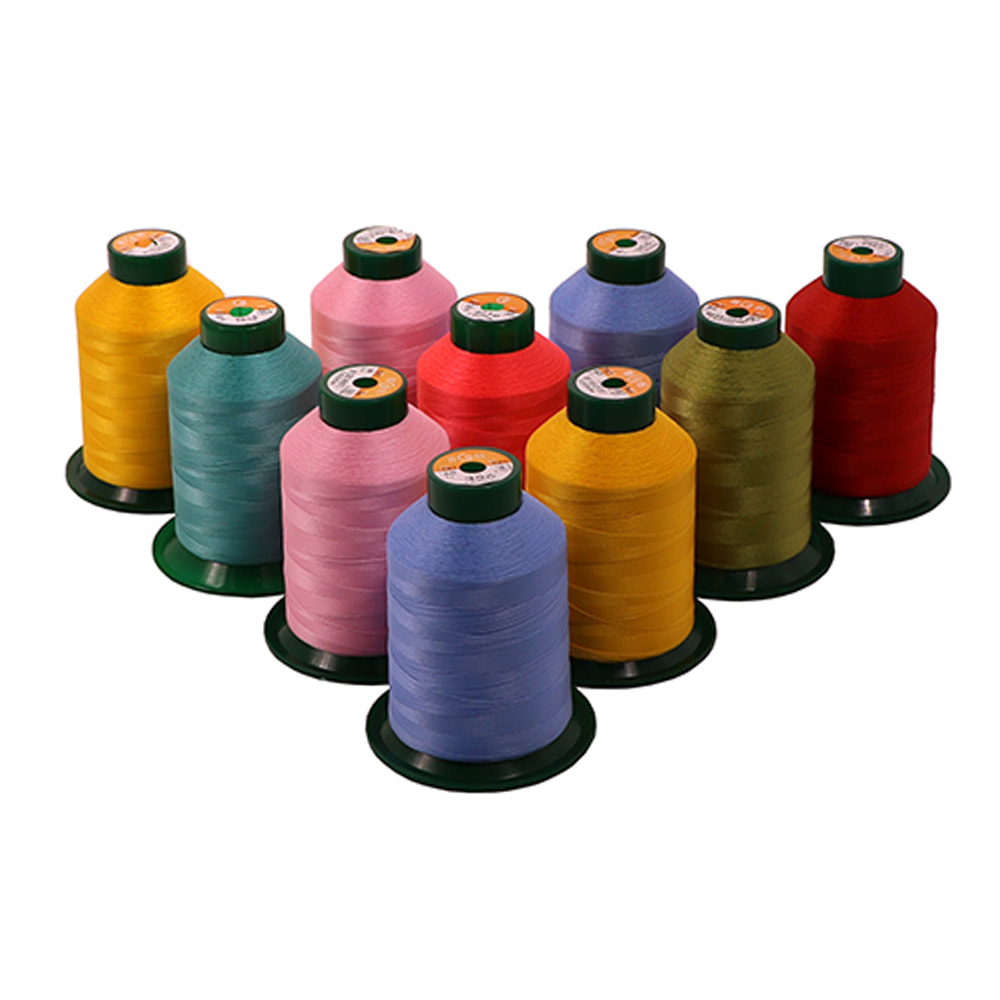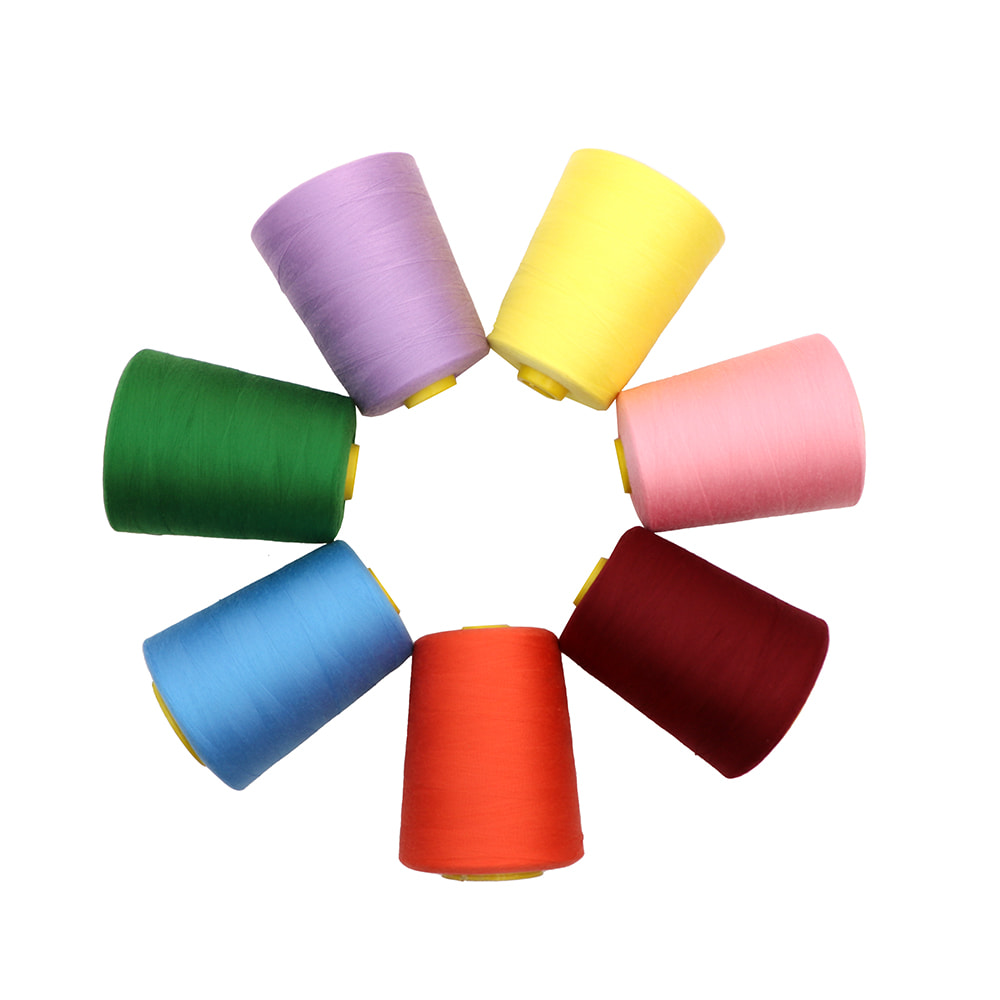Advantages and Application Areas of Composite Fish Mesh
Material Characteristics and Durability
Composite fish mesh is made using high-strength fiber materials combined with plastic composite technology, giving it excellent corrosion resistance and aging resistance in water. Whether in freshwater or seawater environments, composite fish mesh maintains stable structure and reliable load-bearing capacity. Compared with traditional single-material nets, composite fish mesh has a significantly longer lifespan, reducing the costs of frequent replacement and maintenance, providing higher economic benefits for aquaculture operators. Its high-toughness design also allows it to withstand harsh weather and strong water currents, preventing fish escape and resource loss.
Suitable Aquaculture Environments
Composite fish mesh is suitable for various aquaculture environments, including marine farming, freshwater farming, and recirculating aquaculture systems. Whether in large fish ponds, floating cages, or river and lake ecological farming, composite fish mesh provides effective separation and protection. Its unique structure ensures smooth water flow while preventing small fish from escaping, offering a scientific and efficient management solution. Additionally, its UV-resistant property slows down aging caused by sunlight, making the aquaculture environment more stable.
How to Choose the Right Wholesale Composite Fish Mesh
Mesh Size Matching with Aquaculture Species
Selecting the appropriate mesh size is key to improving aquaculture efficiency. Different fish species require different mesh sizes at various growth stages. Oversized mesh may cause juvenile fish to escape, while undersized mesh may affect water circulation and fish movement. Therefore, choosing the correct mesh size according to the target species and growth cycle ensures healthy fish growth and reduces losses.
Weight and Transportation Convenience
Wholesale composite fish mesh is designed to balance light weight and durability, which facilitates installation and movement while reducing transportation costs. Lightweight mesh allows for quick deployment and retrieval in large farms, improving daily management efficiency. Additionally, its wear and tear resistance ensures that the mesh remains intact during long-distance transport, enhancing convenience in procurement and inventory management.
The Importance of Composite Fish Mesh in Modern Aquaculture
Improving Efficiency and Reducing Costs
Composite fish mesh can effectively separate different fish species or growth stages, allowing more scientific and orderly feeding. This separation not only improves feed utilization but also reduces disease transmission, thereby minimizing aquaculture losses. Wholesale procurement of high-quality composite fish mesh also lowers long-term costs due to its durability, reducing frequent replacement expenses.
Ecological Protection and Sustainable Farming
The eco-friendly materials and durability of composite fish mesh play an important role in environmental protection. In aquaculture, composite fish mesh reduces the impact of net waste on water bodies and prevents fish escape into natural waters, protecting ecological balance. By using composite fish mesh responsibly, aquaculture operations can achieve high efficiency while maintaining environmental sustainability, promoting green industry development.
Wholesale Procurement Considerations and Best Practices
Supplier Selection and Quality Control
When purchasing wholesale composite fish mesh, choosing a reliable supplier is crucial. The supplier's production process, material selection, and quality inspection directly affect the performance and lifespan of the mesh. Operators should pay attention to corrosion resistance, tensile strength, and aging resistance, and conduct sample testing before large-scale procurement to ensure product stability and safety.
Storage, Maintenance, and Lifespan Extension
Proper storage and maintenance of composite fish mesh during use are essential. Avoid prolonged exposure to sunlight and sharp object damage, and regularly clean debris and algae from the mesh surface to extend its lifespan. Effective maintenance not only ensures aquaculture efficiency but also reduces additional costs, achieving both economic and ecological benefits.
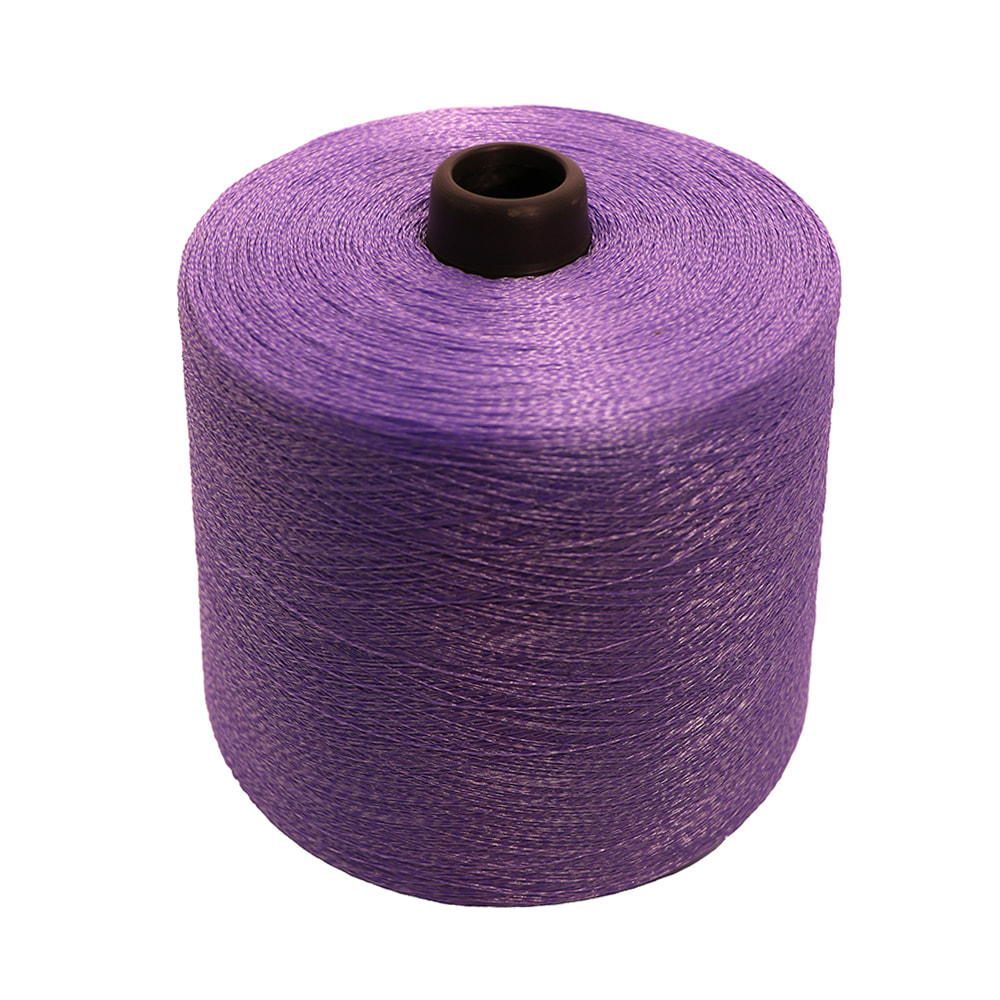

 English
English 中文简体
中文简体 Español
Español